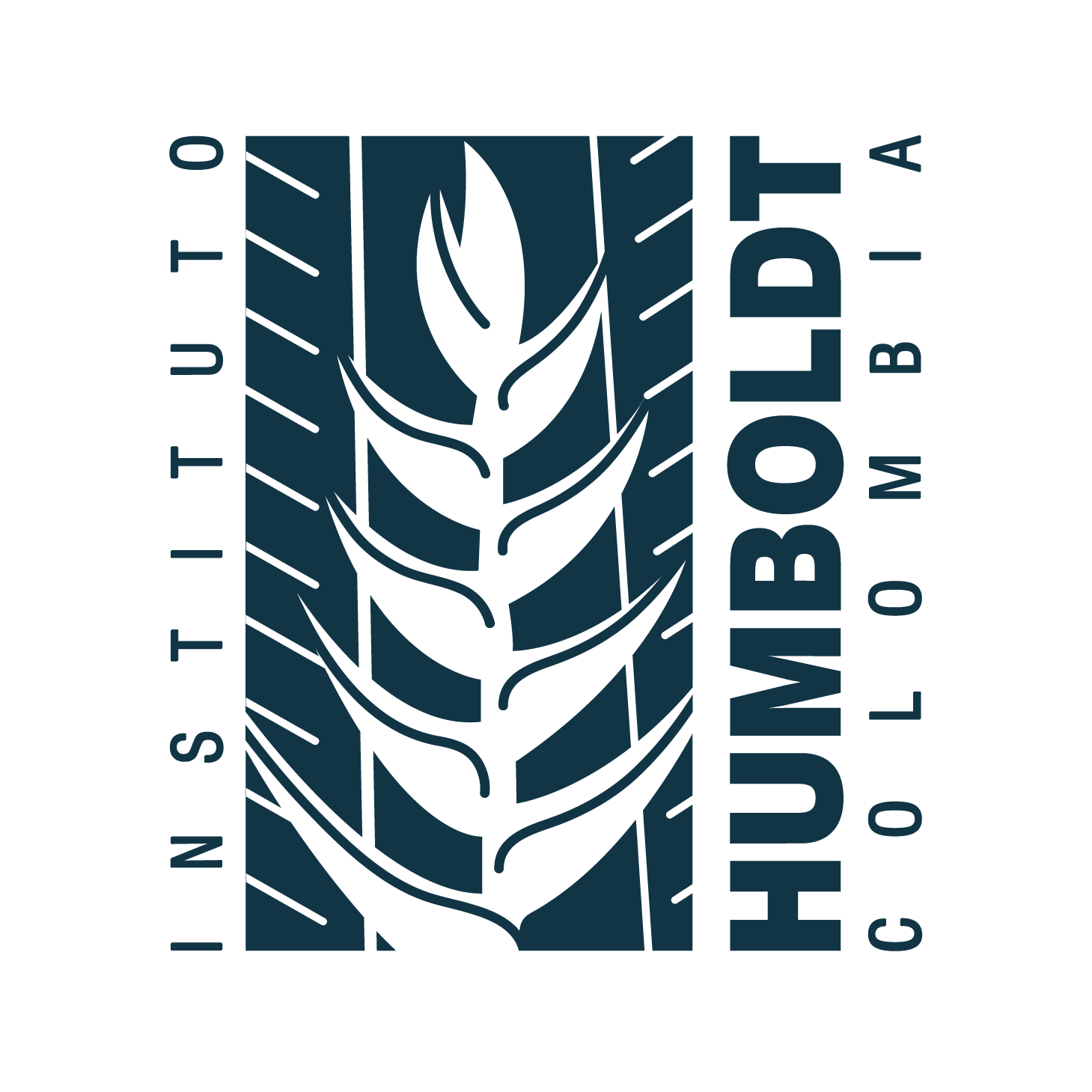Publicación: Checklist of the marine Bryozoa of the colombian Caribbean
| dc.creator | Montoya-Cadavid, Erika | |
| dc.creator | Flórez-Romero, Paola | |
| dc.creator | Winston, Judith E. | |
| dc.date | 2007-12-01 | |
| dc.date.accessioned | 2024-05-27T17:09:37Z | |
| dc.date.available | 2024-05-27T17:09:37Z | |
| dc.description | The phylum Bryozoa is a significant aquatic invertebrate group owing to its diversity, abundance, wide distribution, and economic importance to humans. There are more than 5700 described Recent species within the phylum. Most of them are marine sessile species. They are present in all oceans, occupying a wide bathymetric range and colonize almost any type of substratum. The rich paleontological history of the phylum is reflected in abundant records from the Ordovician to the Recent and bryozoans are one of the dominant phyla in the Paleozoic fossil record (Camacho 1966, McKinney & Jackson 1991). Although bryozoans can be an important component of the benthic fauna, the average researcher is not very familiar with them, owing to their small size and the similarity of some species to corals, hydroids, seaweeds and sponges. In fact, the common names of bryozoans include “moss animals” and “lace corals” (Gordon & Mawatari 1992, Hayward & Ryland 1999). | en-US |
| dc.description | El Phylum Bryozoa es uno de los grupos de invertebrados acuáticos más importantes por su diversidad, abundancia, amplia distribución e importancia económica para el hombre. Actualmente existen alrededor de 5700 especies recientes descritas, la mayoría marinas y de vida sésil; se encuentran en todos los mares ocupando un amplio intervalo batimétrico y colonizando casi cualquier tipo de sustrato. Su rica historia paleontológica se refleja en abundantes registros que datan desde el Ordovícico hastael Reciente y lo convierten en uno de los phyla dominantes del registro fósil del Paleozoico (Camacho 1966, McKinney & Jackson 1991). A pesar de ser un componente importante de la fauna bentónica, resultan ser poco familiares para el investigador común debido al reducido tamaño de sus individuos y a su similitud externa que con otrosgrupos como corales, hidroides, algas y esponjas; de hecho, usualmente son conocidos como “animales musgo” y “corales encaje” (Gordon & Mawatari 1992, Hayward & Ryland 1999) | es-ES |
| dc.format | application/pdf | |
| dc.identifier | https://revistas.humboldt.org.co/index.php/biota/article/view/189 | |
| dc.identifier.uri | https://hdl.handle.net/20.500.11761/36500 | |
| dc.language | eng | |
| dc.publisher | Instituto de Investigación de Recursos Biológicos Alexander Von Humboldt | es-ES |
| dc.relation | https://revistas.humboldt.org.co/index.php/biota/article/view/189/188 | |
| dc.rights | Derechos de autor 2007 Instituto de Investigación de Recursos Biológicos Alexander Von Humboldt | es-ES |
| dc.source | Biota Colombiana; Vol. 8 No. 2 (2007) | en-US |
| dc.source | Biota Colombiana; Vol. 8 Núm. 2 (2007) | es-ES |
| dc.source | 2539-200X | |
| dc.source | 0124-5376 | |
| dc.subject | Bryozoa | en-US |
| dc.subject | Colombian Caribbean | en-US |
| dc.subject | List of species | en-US |
| dc.subject | Gymnolaemata | en-US |
| dc.subject | Cyclostomata | en-US |
| dc.subject | Bryozoa | es-ES |
| dc.subject | Caribe colombiano | es-ES |
| dc.subject | Lista de especies | es-ES |
| dc.subject | Gymnolaemata | es-ES |
| dc.subject | Cyclostomata | es-ES |
| dc.title | Checklist of the marine Bryozoa of the colombian Caribbean | en-US |
| dc.title | Listado de los Bryozoa marinos del Caribe colombiano | es-ES |
| dc.type | info:eu-repo/semantics/article | |
| dc.type | info:eu-repo/semantics/publishedVersion | |
| dc.type | Artículo evaluado por pares | es-ES |
| dspace.entity.type | Publication |

